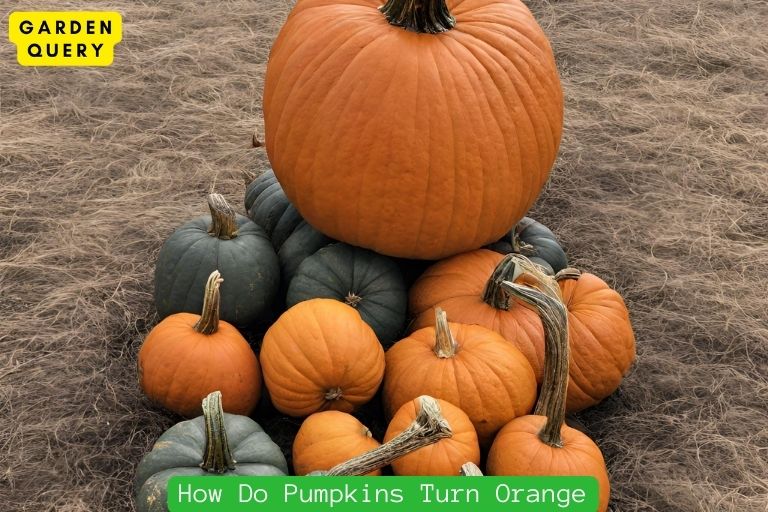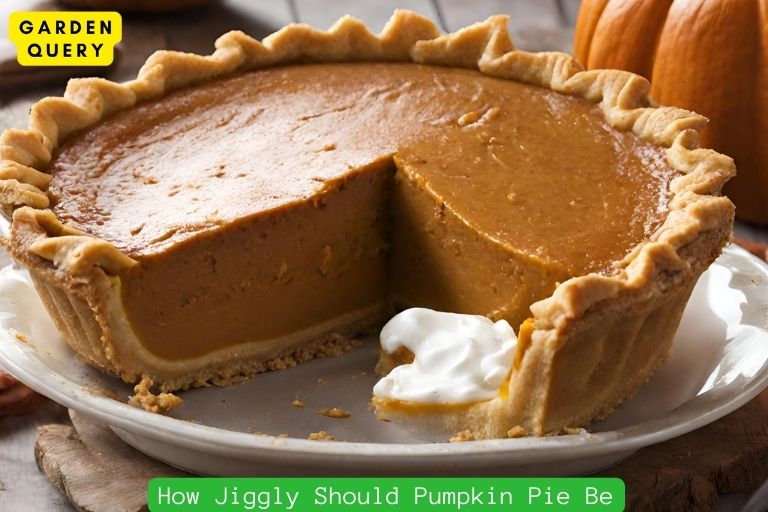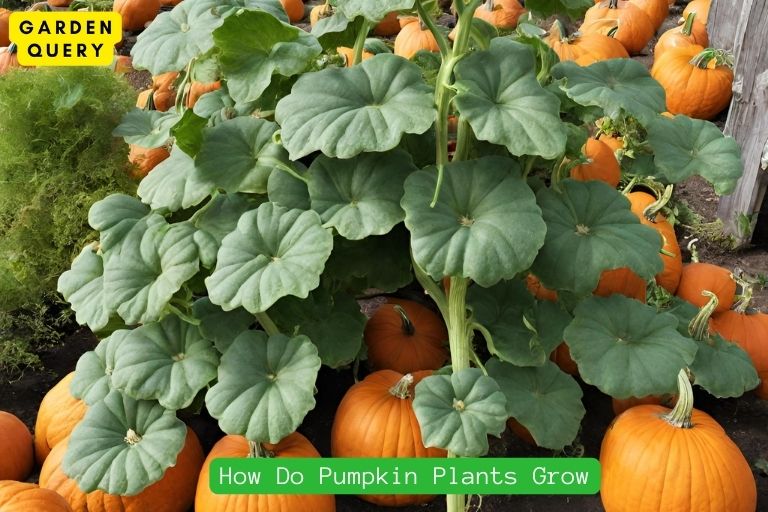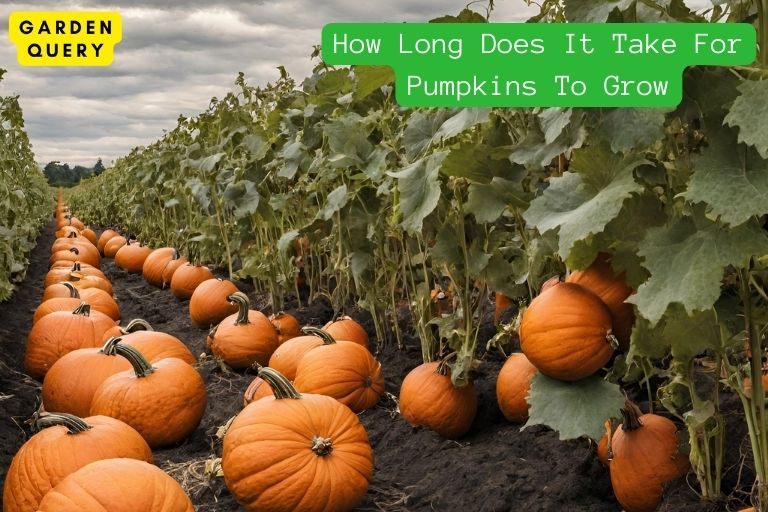What Pumpkin Seeds Can You Eat?
You can eat the seeds from almost all pumpkin varieties, but they’re best when harvested from large, fully mature pumpkins.
Pumpkin seeds from nearly all pumpkin types are edible, but those from larger, fully mature pumpkins tend to offer the best taste and texture. These seeds are extracted from the pumpkin, cleaned, seasoned, and often roasted, creating a popular snack.
They are a nutrient-rich source, packed with protein, healthy fats, and various essential minerals. The seeds’ versatility allows for various culinary uses, from snacking to incorporating them into dishes like salads, soups, or as a topping for various meals.
Key Takeaway
Edible Pumpkin Seeds
Pumpkins are not just for carving and decorating during Halloween. They also offer a delicious and nutritious snack—pumpkin seeds! These small, flat seeds are commonly referred to as pepitas and make a great addition to your diet. Let’s explore the different types of pumpkin seeds you can eat and enjoy.
Hulled Seeds:
Hulled seeds, also known as naked seeds, are pumpkin seeds with the outer white shell removed. This type of pumpkin seed is readily available in most grocery stores and is often found roasted and salted. Hulled seeds are a popular choice for snacking or adding to trail mixes and granola.
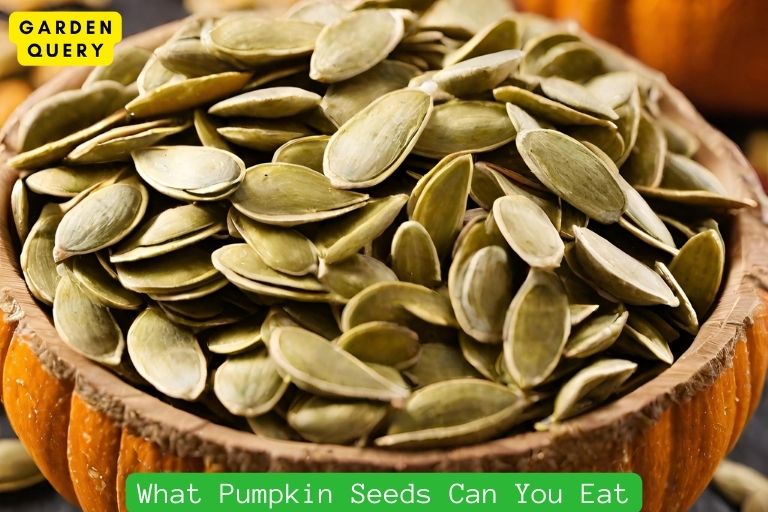
Roasted and Salted:
Roasted and salted pumpkin seeds are a staple snack during the fall season. After being removed from the pumpkin, the seeds are typically cleaned, roasted, and seasoned with salt. The roasting process brings out the nutty flavor and adds a satisfying crunch. These seeds are perfect for satisfying cravings and make a great on-the-go snack.
Unshelled Seeds:Unshelled pumpkin seeds, also known as in-shell seeds, are the whole seeds with the outer shell intact. These seeds require a bit more effort to consume but offer a rewarding experience. To enjoy unshelled pumpkin seeds, you can crack the hard outer shell using your teeth or a nutcracker. These seeds are often enjoyed as a healthy and savory treat.
Raw Seeds:Raw pumpkin seeds are a nutritious option that can be eaten as is or used in various recipes. They are unroasted and unsalted, preserving their natural taste and nutrients. Raw pumpkin seeds are often added to salads, baked goods, or used as a topping for yogurt and smoothie bowls. They offer a rich source of protein, healthy fats, and minerals when consumed raw.
Spiced Seeds:For those who enjoy a burst of flavor, spiced pumpkin seeds are the way to go. These seeds are often coated in a mixture of spices such as cinnamon, chili powder, or garlic powder. The spices add a unique twist to the natural taste of pumpkin seeds, making them a delicious and satisfying snack.
In conclusion, there is a wide variety of edible pumpkin seeds to choose from. Whether you prefer hulled seeds, roasted and salted, unshelled, raw, or spiced, pumpkin seeds offer a versatile and nutritious option for snacking or enhancing your meals. So, next time you carve a pumpkin or prepare a fall-inspired dish, don’t forget to save those seeds and enjoy the many benefits of this tasty treat.
Varieties for Consumption
When it comes to pumpkin seeds, you may be surprised to learn that not all varieties are suitable for consumption. While all pumpkin seeds are technically edible, some are more desirable for eating due to their taste and texture. Here are a few varieties that are commonly consumed:
- Hulless Pumpkin Seeds: As the name suggests, hulless pumpkin seeds do not have a hard outer shell. This makes them easier to eat and ideal for snacking. They are often roasted and seasoned for added flavor.
- Oilseed Pumpkins: These pumpkins are specifically grown for their seeds, which are high in oil content. Oilseed pumpkin seeds are commonly used for producing pumpkin seed oil. However, they can also be enjoyed as a snack or used in cooking and baking.
- Roasting Pumpkins: Pumpkins that are often used for carving jack-o’-lanterns can also yield seeds that are suitable for consumption. These seeds tend to be larger in size and have a slightly chewier texture. They can be roasted and seasoned to create a delicious and nutritious snack.
- White Pumpkins: While most people associate pumpkin seeds with a deep orange color, white pumpkins also produce edible seeds. These seeds have a milder flavor compared to their orange counterparts and can be enjoyed in a similar way.
It’s important to note that pumpkin seeds should be properly cleaned and prepared before consuming. This involves removing any attached pumpkin flesh and rinsing the seeds thoroughly. Once cleaned, they can be seasoned with spices like salt, cinnamon, or curry, and then roasted in the oven until they become golden and crispy.
Whether you enjoy them as a snack on their own, sprinkle them onto salads or soups, or incorporate them into your baking recipes, pumpkin seeds offer a nutritious and tasty addition to your diet. So, the next time you carve a pumpkin or purchase one at the store, don’t forget to save those seeds and try out different varieties for a delightful culinary experience.
Remember, not all pumpkin seeds are created equal in terms of flavor and texture, so feel free to experiment and find your favorite variety. Happy snacking!
Preparing Pumpkin Seeds
Preparing pumpkin seeds is a simple and enjoyable process that can result in a delicious snack or ingredient for your favorite recipes. Here are some easy steps to help you make the most of your pumpkin seeds:
- Harvesting the Seeds: After removing the seeds from the pumpkin, separate them from the pulp and rinse them thoroughly to remove any remaining flesh.
- Drying the Seeds: Spread the seeds out on a clean kitchen towel or baking sheet and allow them to dry overnight. This will help remove any excess moisture and ensure crispy seeds when roasted.
- Roasting the Seeds: Preheat your oven to 300°F (150°C). Toss the dried pumpkin seeds in a bowl with your desired seasonings such as salt, garlic powder, or cinnamon. Spread them in a single layer on a baking sheet and roast for about 20-30 minutes, or until golden brown and crisp. Make sure to stir or shake the seeds occasionally to ensure even roasting.
- Additional Flavor Options: If you’re feeling adventurous, you can also try coating your pumpkin seeds with olive oil, soy sauce, honey, or other seasonings before roasting. This will add a unique and delicious taste.
- Enjoying Your Pumpkin Seeds: Once the seeds have cooled, they are ready to be enjoyed. You can eat them as a standalone snack, sprinkle them over salads or soups, or use them as a topping for baked goods like muffins or bread.
Remember, pumpkin seeds are highly nutritious and packed with essential minerals like magnesium, zinc, and iron. So, not only do they taste great, but they also offer numerous health benefits.
With these simple steps, you can easily prepare and enjoy the tasty goodness of pumpkin seeds. So, the next time you carve a pumpkin or cook with fresh pumpkin, don’t throw away those seeds – roast them and savor their crunchy texture and delightful flavors.
Culinary Uses
Pumpkin seeds, also known as pepitas, are not only nutritious but also versatile in the kitchen. Their mild nutty flavor and crunchy texture make them an excellent addition to various dishes. Here are some culinary uses for pumpkin seeds:
- Snacks: Roasted pumpkin seeds make a delicious and healthy snack. Simply clean and dry the seeds, toss them with a little olive oil and salt, and bake them in the oven until they turn golden brown and crispy. You can enjoy them as is or season them with your favorite spices like garlic powder, smoked paprika, or chili powder.
- Toppings: Sprinkle pumpkin seeds on top of salads, soups, or roasted vegetables. They add a delightful crunch and boost the visual appeal of your dishes. You can also use them as a garnish for baked goods, such as muffins or bread.
- Trail mix: Combine pumpkin seeds with dried fruits, nuts, and dark chocolate chips to create a homemade trail mix. It’s a convenient and portable snack that provides a good balance of nutrients, including protein, healthy fats, and fiber.
- Granola and cereal: Add pumpkin seeds to your homemade granola or cereal for an extra nutritional boost. They contribute both texture and flavor to breakfast bowls, making them more satisfying and nutritious.
- Baked goods: Incorporate pumpkin seeds into your baking recipes. Whether you’re making cookies, bread, or energy bars, adding pumpkin seeds can enhance the taste and nutritional value of your creations. You can toast them before using to intensify their nutty flavor.
- Pesto: Instead of using traditional pine nuts, try using pumpkin seeds in your homemade pesto sauce. They provide a similar texture and add a unique twist to the classic recipe. Blend pumpkin seeds with fresh basil, garlic, olive oil, Parmesan cheese, and a squeeze of lemon juice for a delicious pesto sauce.
- Coating or breading: Crushed or ground pumpkin seeds can be used as a coating or breading for meat, fish, or vegetables. Their nutty flavor adds a delightful crust to your favorite dishes, providing extra taste and texture.
- Salad dressing: You can create a flavorful and nutritious salad dressing by blending together roasted pumpkin seeds, olive oil, vinegar, honey, garlic, and your preferred seasonings. Drizzle it over your favorite salads to add a hearty and nutty flavor.
Incorporating pumpkin seeds into your culinary repertoire opens up a world of possibilities. These versatile seeds can add nutritional value, texture, and flavor to a variety of dishes. Get creative in the kitchen and enjoy the benefits of incorporating pumpkin seeds into your meals.
Conclusion
In conclusion, there are various types of pumpkin seeds that you can eat and enjoy. From the traditional raw seeds to the roasted and seasoned varieties, the options are endless. Each type of pumpkin seed offers its own unique flavor and nutritional benefits.
Roasted pumpkin seeds, often enjoyed during the fall season, are a classic favorite. They can be seasoned with various spices such as salt, cinnamon, or even chili powder for a kick of heat. These crunchy and flavorful seeds make a great snack or addition to salads, soups, and baked goods.
Pumpkin seed oil, another popular option, is known for its rich and nutty flavor. It is commonly used as a dressing for salads or drizzled over roasted vegetables. This oil is not only delicious but also packed with essential nutrients like omega-3 fatty acids and antioxidants.
If you’re looking for a healthy and convenient snack, try the dry roasted pumpkin seed varieties. These seeds are seasoned lightly and roasted to perfection, offering a satisfying crunch and nutritional goodness.
Lastly, don’t forget about the pumpkin seed butter. This creamy spread is made from ground pumpkin seeds and can be used as a substitute for nut butter. It is perfect for spreading on toast, adding to smoothies, or even incorporating into homemade granola bars.
Whether you prefer the traditional raw seeds, roasted and seasoned varieties, pumpkin seed oil, dry roasted seeds, or the creamy pumpkin seed butter, you can find a pumpkin seed option that suits your taste and dietary needs.
Incorporating pumpkin seeds into your diet is a great way to enjoy a delicious snack while reaping the numerous health benefits they offer. From promoting heart health to boosting immunity and supporting digestion, these small but mighty seeds are a nutritious addition to any meal or snack.
So, next time you come across a pumpkin, don’t forget to save the seeds and explore the many options available to enjoy their goodness. Happy snacking!
- Best Therapists In Dallas - February 1, 2024
- Holly Willoughby Husband: Holly Willoughby’s Love Story - January 30, 2024
- Holly Willoughby Dress: 5 Style Secrets and 7 Must-Know Career Milestones - January 30, 2024

